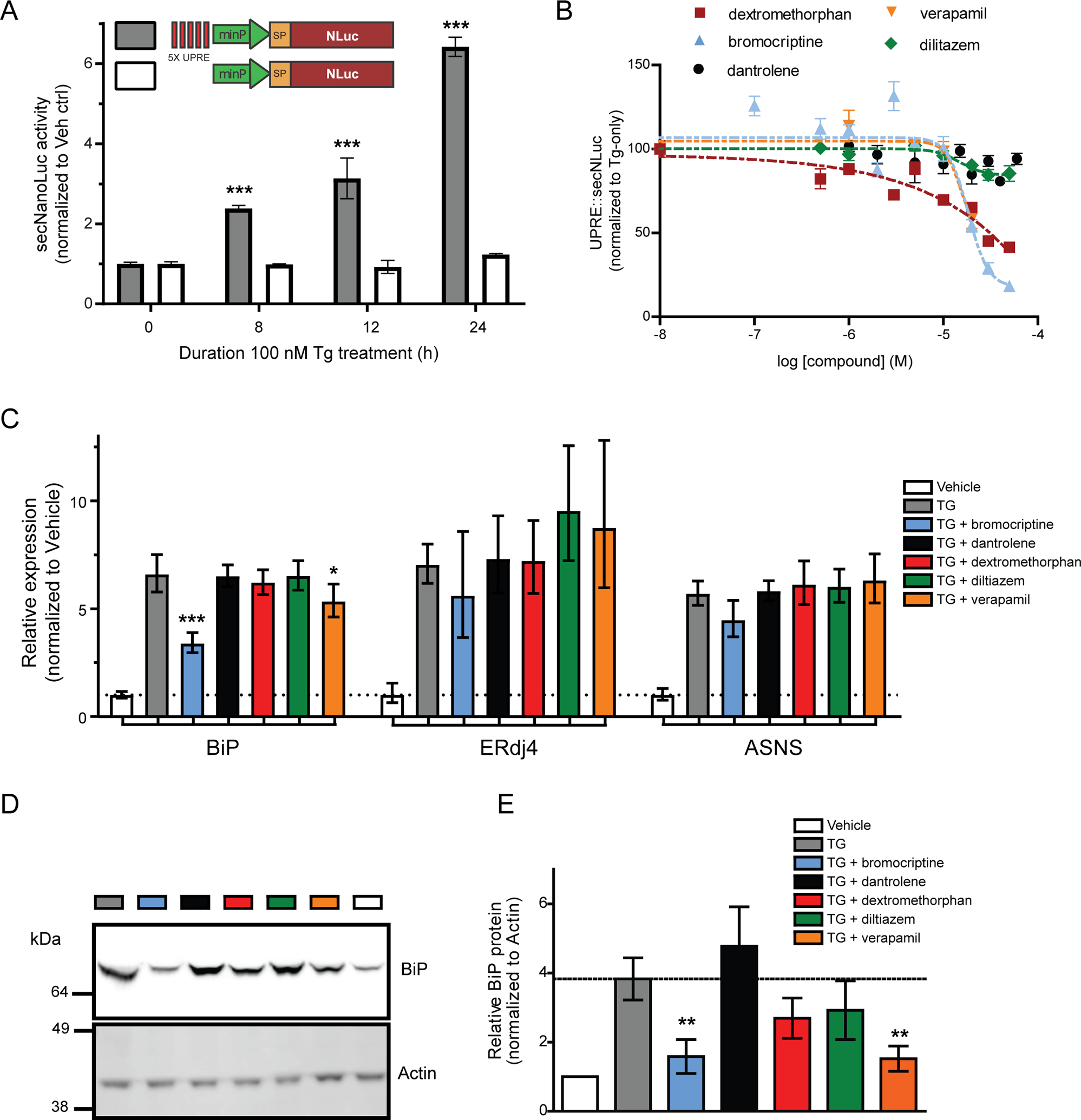Figure 3: HTS compound effects on unfolded protein response (UPR) pathways.

(A) A secreted reporter of UPR activity was measured after 100 nM Tg treatment by collecting medium at different timepoints (gray bars; mean ± SEM, treated: n=6, control: n=18 wells; one-way ANOVA with Dunnett’s multiple comparison test, *** p ≤ 0.001). A control reporter, lacking the 5X UPRE elements, does not respond to thapsigargin (white bars; mean ± SEM, treated: n=6, control: n=18 wells). (B) Verapamil, bromocriptine, and dextromethorphan reduce 5X-UPRE-secNLuc. Cells were treated with compound for 24 h followed by an additional 24 h in the presence of 100 nM thapsigargin. 5X-UPRE-secNLuc activity was normalized to the thapsigargin-only control (mean ± SEM, n=3 independent experiments). (C) Quantitative RT-PCR analysis of BiP, ERdj4, and ASNS mRNA levels to assess ATF6, XBP1, and PERK signaling pathways of the UPR. Cells were pre-treated with 30 μM compounds 16 h prior to a 4 h incubation with 100 nM thapsigargin (2−ddCq ± upper and lower limits, n=6, ***p<0.001, *p<0.05 as compared to thapsigargin only, one-way ANOVA and Dunnett’s multiple comparisons test). (D) BiP protein levels were examined using the same treatment paradigm described for panel C. Actin was immunoblotted as a loading control. (E) Summary of BiP expression for four independent experiments described in panel D (mean ± SEM, **p<0.01, one-way ANOVA and Dunnett’s multiple comparison test). See also Figure S3.
